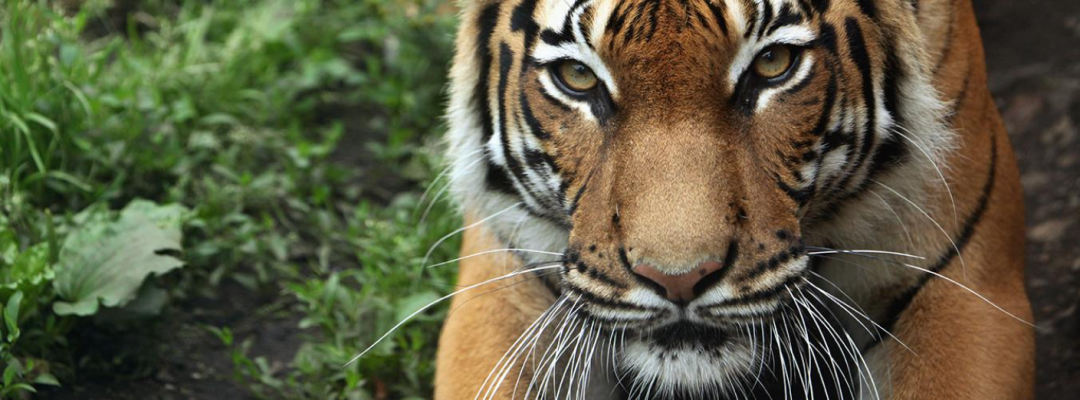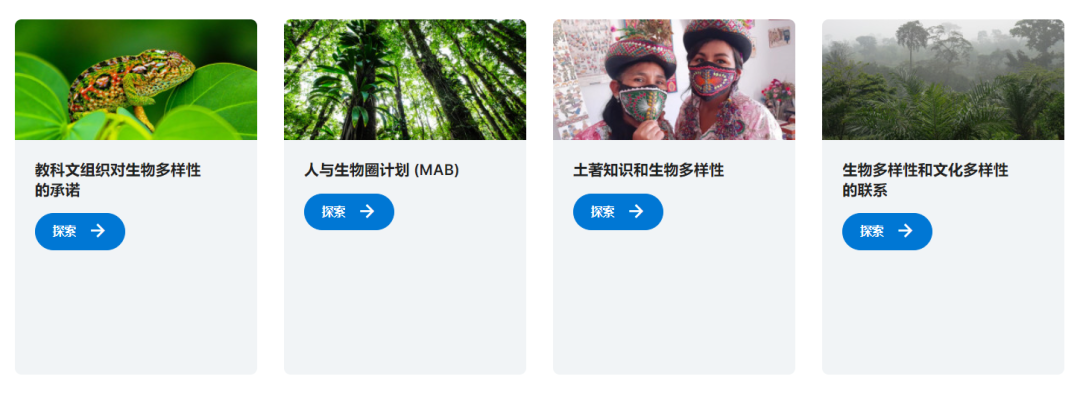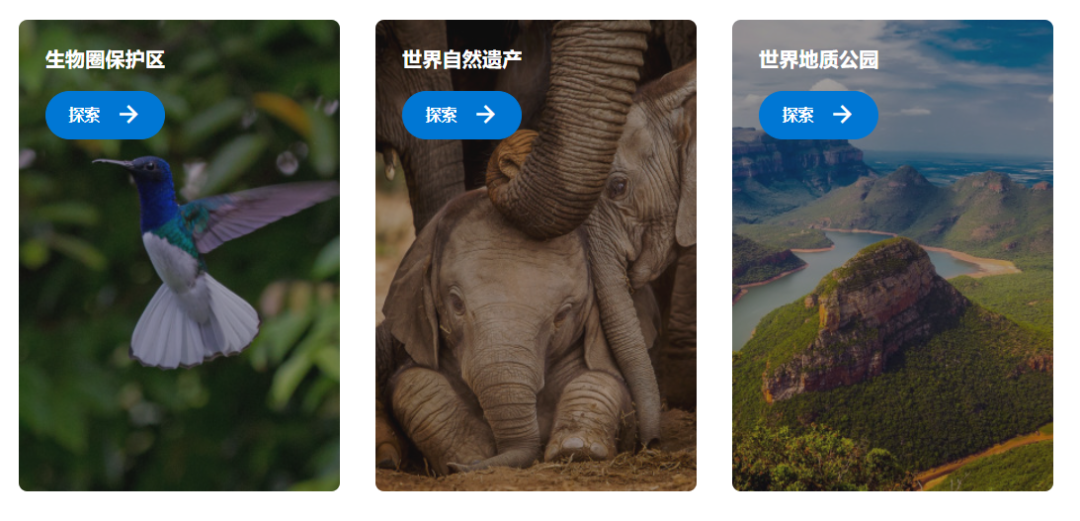
The unrestricted exploitation of wildlife has led to the disappearance of many animal species at an alarming rate, destroying Earth's biological diversity and upsetting the ecological balancePHOTO: Vladimir Wrangel/Adobe Stock
Biodiversity is the living fabric of our planet. It underpins human wellbeing in the present and in the future, and its rapid decline threatens nature and people alike. According to the Global Assessment Report on Biodiversity and Ecosystem Services released in 2019 by the Intergovernmental Science-Policy Platform on Biodiversity and Ecosystem Services (IPBES) at UNESCO, the main global drivers of biodiversity loss are climate change, invasive species, over-exploitation of natural resources, pollution and urbanization. The Global Report demonstrated the responsibility of human activities in the loss of biodiversity, which amounted to 75% for terrestrial ecosystems. This assessment also indicated that solutions existed and that it was not too late to act.
To halt or reverse this decline it is vital to transform people’s roles, actions and relationships with biodiversity. Many solutions exist: UNESCO’s diverse networks, programmes and partners have observed positive and inspiring seeds of change around the world. UNESCO also accompanies Member States and their people in their efforts to halt biodiversity loss by understanding, appreciating, safeguarding and using biodiversity sustainably.
When biodiversity has a problem, humanity has a problem
Biological diversity resources are the pillars upon which we build civilizations. Fish provide 20 per cent of animal protein to about 3 billion people. Over 80 per cent of the human diet is provided by plants. As many as 80 per cent of people living in rural areas in developing countries rely on traditional plant‐based medicines for basic healthcare.
But loss of biodiversity threatens all, including our health. It has been proven that biodiversity loss could expand zoonoses - diseases transmitted from animals to humans- while, on the other hand, if we keep biodiversity intact, it offers excellent tools to fight against pandemics like those caused by coronaviruses.
Did you know?
Current negative trends in biodiversity and ecosystems will undermine progress towards 80% of the assessed targets of 8 Sustainable Development Goals.
Three-quarters of the land-based environment and about 66% of the marine environment have been significantly altered by human actions.
1 million animal and plant species are now threatened with extinction.
Now is time to act for biodiversity!
While there is a growing recognition that biological diversity is a global asset of tremendous value to future generations, the number of species is being significantly reduced by certain human activities. Given the importance of public education and awareness about this issue, the UN decided to celebrate the International Day for Biological Diversity annually to increase understanding and awareness of biodiversity issues.
Undoubtedly, this year is special in terms of biodiversity conservation. We now have a renewed sense of hope with the adoption of the Kunming-Montreal Global Biodiversity Framework, a historic agreement signed in December 2022 that sets goals and concrete measures to stop and reverse the loss of nature by 2050.
That is why the theme of the International Day for Biological Diversity is "from agreement to action: build back biodiversity". The slogan promotes the idea that, now that we have an action plan agreed upon at a global level, we must implement all the measures that the agreement contemplates before 2030. Only in this way will we be able to obtain protected and sustainable biological diversity by 2050. That is the main message from the Convention on Biological Diversity (CBD), the key international instrument for sustainable development.
Message from Ms Audrey Azoulay, Director-General of UNESCO, on the occasion of International Day for Biological Diversity, 22 May 2023:
https://unesdoc.unesco.org/ark:/48223/pf0000385391_eng
"Our relationship with nature and with other living beings needs a radical rethink in order to address this issue – we need to design and create a truly shared world. This is the fundamental message of the International Day for Biological Diversity, a message that is strongly reflected in UNESCO’s mandate and day-to-day work."
——Audrey Azoulay, Director-General of UNESCO
What UNESCO does
UNESCO’s intersectoral strategy for biodiversity is based on 3 pillars: restore the relationship between humans and nature and regenerate ecosystems; conserve the harmony of our ecosystems; and amplify the power of youth.

Conservation and sustainable use of biodiversity: designated sites
UNESCO designated sites are the backbone of the Organization's action for biodiversity. World Heritage sites, biosphere reserves and UNESCO Global Geoparks cover 6% of the Earth’s landmass and are key areas where people learn to live in harmony with other living species and experiences are shared for the benefit of all.

Read More:
https://www.unesco.org/en/days/biological-diversity?hub=701